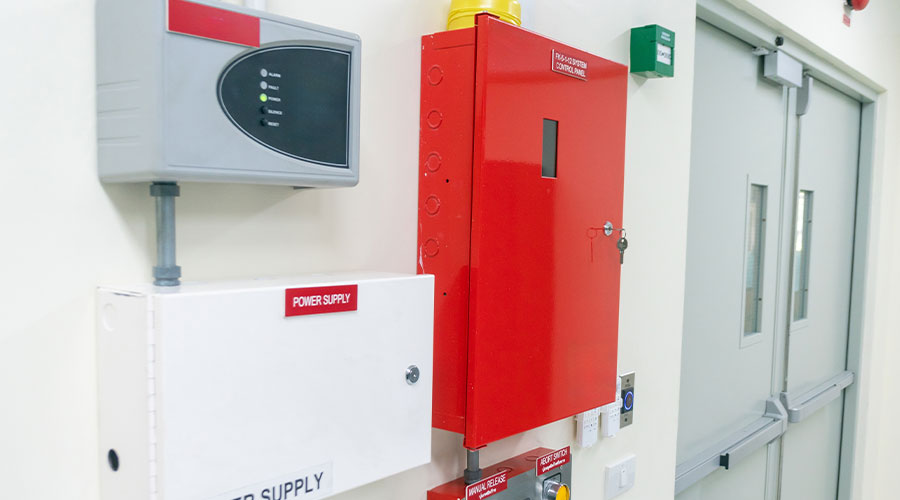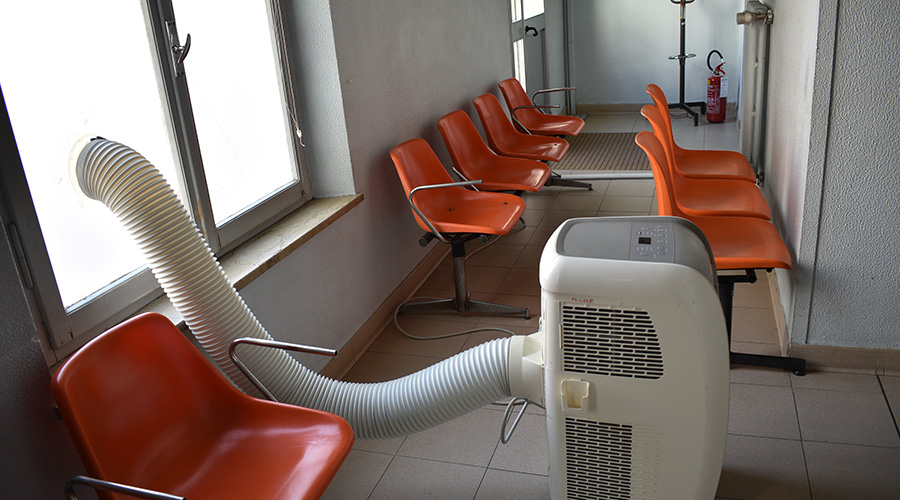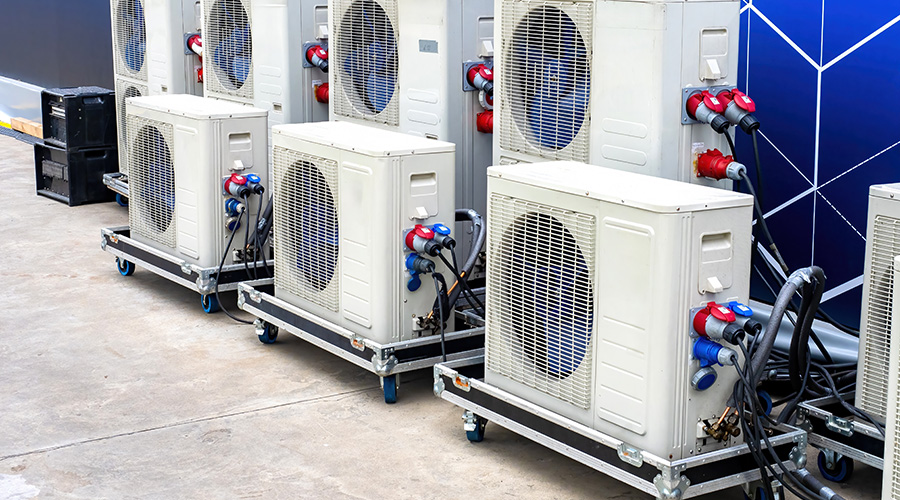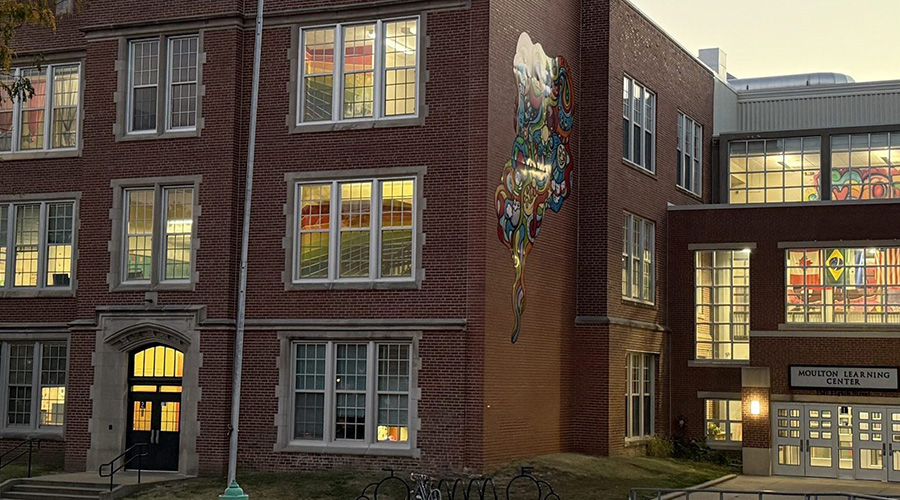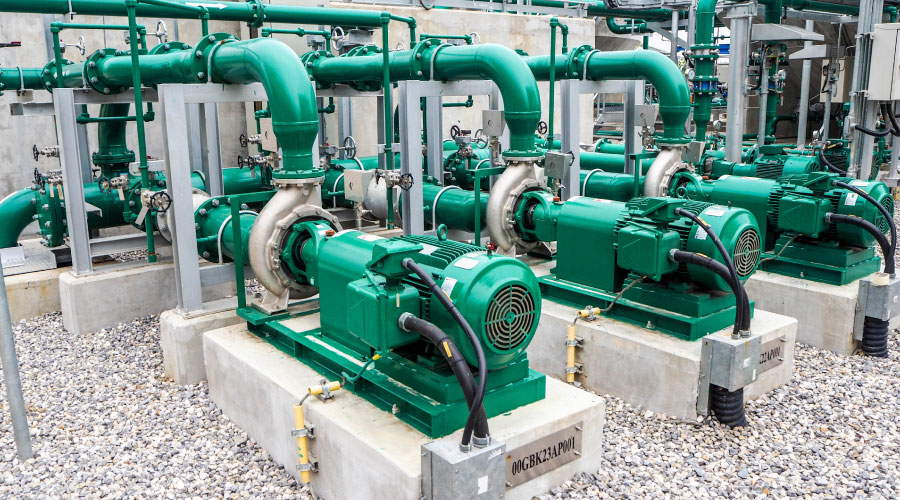HVAC
Cost overruns and project delays with HVAC projects seem the norm. Overruns are now so common that some organizations don’t become concerned until the project surpasses 15 percent of the original estimate. Project delays are even worse. While overruns strain the budget or force scaling back the upgrade, project delays disrupt operations for building occupants. This fear of disruption has led many facility executives to postpone HVAC upgrades as long as possible even when the need and incentives for implementation are strong.
Cost overruns and project delays are avoidable. While there is uncertainty with almost every renovation project, facility executives can reduce risk by understanding the causes of overruns and delays, and then taking steps to avoid them.
Unrealistic Project Estimates
One common cause for cost overruns is an unrealistic initial estimate. Many budgets are based solely on a preliminary estimate. A need arises and the facility executive is asked what it would cost to correct the situation. A figure is cited, and suddenly that figure becomes the basis for the project’s funding, even though the figure doesn’t reflect all the factors that will come into play.
For example, owners of a high-rise, mixed-use building were interested in replacing the building’s two, 20-year-old centrifugal chillers. While both were operational, their reliability had been decreasing. Replacing the chillers offered the opportunity to install new, high efficiency chillers that promised to reduce annual energy use by nearly 40 percent. The building engineer cited a figure that he thought it would cost to replace the two units. He was told to proceed.
Bids came in nearly double the original estimate. The chillers were located in the building’s penthouse, 27 stories above the ground. The penthouse would have to be partially disassembled to get the old chillers out and the new ones in. The most cost-effective means of getting the chillers to the penthouse was a helicopter, but local restrictions required the use of a crane. Not only was the crane more expensive, but its limited availability would delay the project for nearly one year.
As a result, the building owners opted to rebuild the existing chillers rather than replace them. While rebuilding rather than replacing allowed the project to come in under budget, it eliminated much of the projected energy savings.
What went wrong? The most serious error was giving an estimate without considering other project factors. Instead of giving a quick estimate, take time to develop a realistic figure. Estimates have a way of turning into project budgets.
If unrealistic project estimates are the leading cause for HVAC system project overruns and delays, then the second leading cause must be poor project management. Even with good specifications, projects will not run themselves. Projects must be carefully managed from inception through completion. The project manager must understand HVAC renovation and have the authority to solve problems. The manager must be available to the owner and to the contractor throughout the project. Anything less is an invitation to disaster.
Poor Scheduling
Poor scheduling contributes to both delays and cost overruns. Schedules should take into consideration potential constraints like weather, accessibility and facility use.
Consider an organization that upgraded the HVAC system in one of its older buildings. The building was heated by a two-pipe, steam fancoil system. Air conditioning was provided by a combination of wall units and air handlers. The system was redesigned around a four-pipe fancoil unit with supplemental air handlers. The building was being remodeled in two phases, with half of the building to be vacated and renovated at a time.
Demolition started in early November; the target completion date was in April. The project started well, but an unusually cold winter resulted in pipes freezing in areas being renovated. Low temperatures damaged equipment installed but not yet connected. Temporary heat had to be installed. Damaged components had to be replaced or repaired. As a result, the project’s final cost was nearly 50 percent higher than the budget, which was based on bids, not preliminary estimates. The project was not completed until July, nearly three months behind schedule, causing further disruptions for building occupants.
In this case, the delays were cold-weather related and could have been anticipated. With the replacement of the heating system, project managers should have foreseen the risk that building components could freeze. It would have been far better to delay the project until the threat of freezing had passed.
When planning HVAC replacement projects, carefully consider how the project will affect operations in the building. HVAC projects, in general, are disruptive. Projects are also weather-sensitive. Don’t make things worse by unnecessarily shutting down heating systems in the winter or air-conditioning systems in the summer.
Lack of Detailed Specifications
When initiating an HVAC replacement project, facility executives may have a solid understanding of what they want. Chances are that anyone hired to perform the work will also understand what is wanted. But unless a detailed set of specifications is developed, neither group will understand how that work should be accomplished.
There is no single solution for a building HVAC application. Facility executives have options when it comes to the type of system to be installed, how and where it is to be installed, and when the work is to be performed. Unless these and other details are spelled out at the beginning of the project, cost overruns and project delays are likely. The more complex the project, the greater the need for detailed specifications.
Consider a simple chiller replacement. The building was served by two rotary chillers located in a basement mechanical room. The job specifications were limited to the replacement chillers. Air conditioning was required year-round in the facility, so the work was to be performed during the winter months when the cooling load was small enough to be carried by a single chiller.
When work was started, the contractor soon found the existing isolation valves would not hold. Work was delayed until new valves could be ordered and received. A late-night outage was scheduled to replace the valves.
Later, when the first new chiller was being connected to the electrical system, the contractor discovered that contacts in the chiller’s control center were corroded and beyond normal repair. New switchgear had to be installed.
The system was able to supply chilled water to the building at all times with the exception of the outage to replace the isolation valves. But the additional work took three extra months, increased costs by nearly 30 percent, and left the building exposed to a potential outage for an extended period of time.
The facility executive could have avoided part of the cost overruns and most of the project delays with a better set of specifications. Those specifications would have addressed issues such as the inspection and testing of the isolation valves and the electrical switchgear prior to the start of work. And while these items still would have been replaced at an additional charge, the jobs could have been handled as routine work rather than an emergency replacement.
Facility executives should use detailed specifications for all HVAC renovation projects involving anything more than a simple one-for-one component replacement. A work order to a contractor generally only spells out the goals of the job. Specifications detail the what, where, when and who of a project.
Hidden Work
It seems that almost every renovation project generates change orders for work caused by an unanticipated condition.
The need to replace isolation valves, for instance, was not anticipated. Should it have been?
The building piping and air-conditioning systems in that case were 15 years old. The isolation valves were also 15 years old. And unless those valves had been exercised on a regular basis, the chances of their holding properly were slim. Had the facility executive or the project manager talked to the chiller operators or to the company that maintained the chillers, they would have learned that the valves were rarely operated and there had been problems with fully closing them in the past. Knowing that, the project manager could have scheduled a brief outage to test the valves. New valves could have been ordered and delivered prior to the start of the project. Delays and the additional costs associated with those delays would have been avoided.
Before initiating any HVAC system renovation project, make certain existing conditions are investigated thoroughly. Faulty assumptions about the equipment to be replaced or the components needed to support the operation of that equipment will result in cost overruns and project delays. It is impossible to eliminate hidden work; there are simply too many unknowns involved in renovation projects. But careful planning can reduce the impact of hidden work to a manageable level.
James Piper, PhD, PE, is a writer and consultant who has more than 25 years of experience in facilities management. He is a contributing editor to Building Operating Management.
Related Topics:






